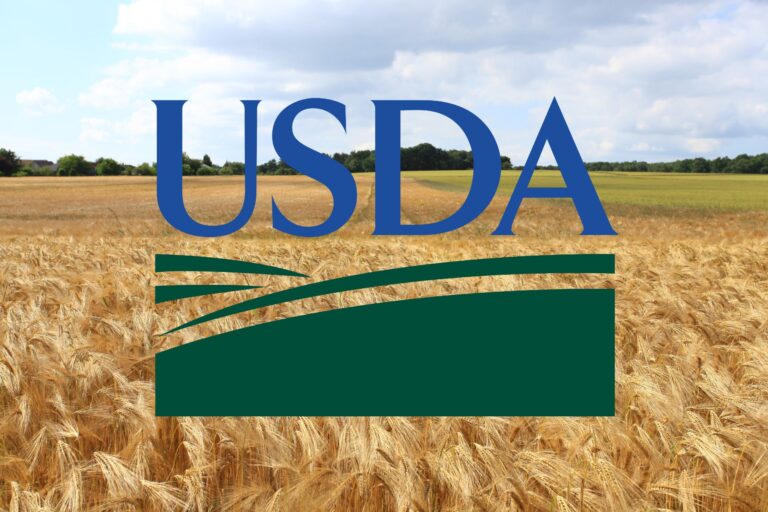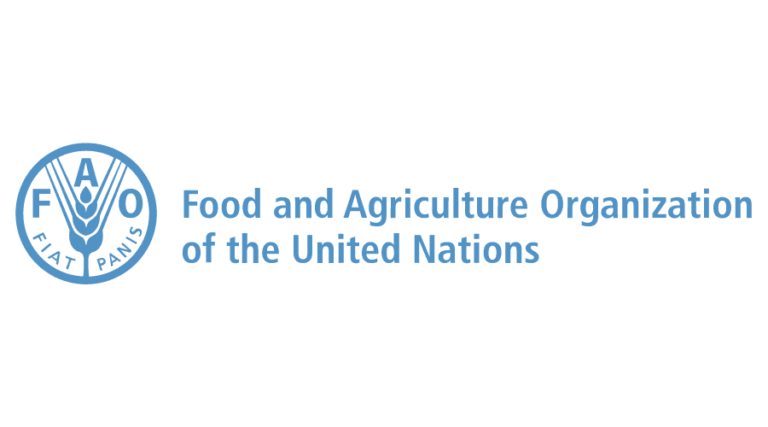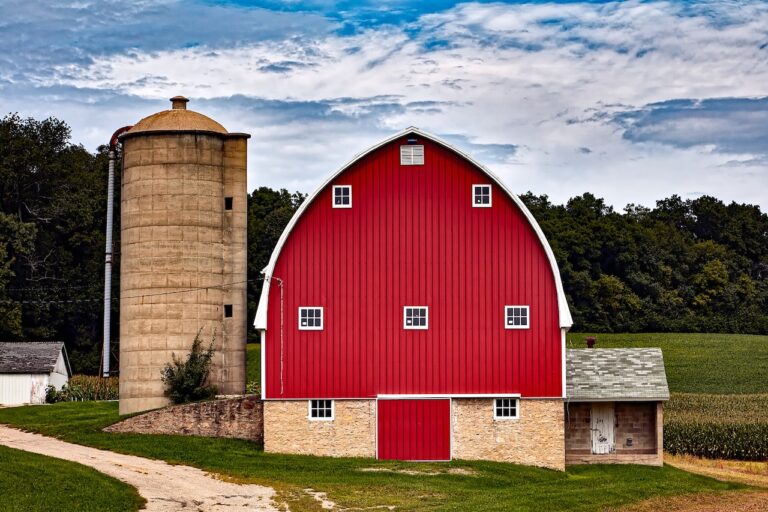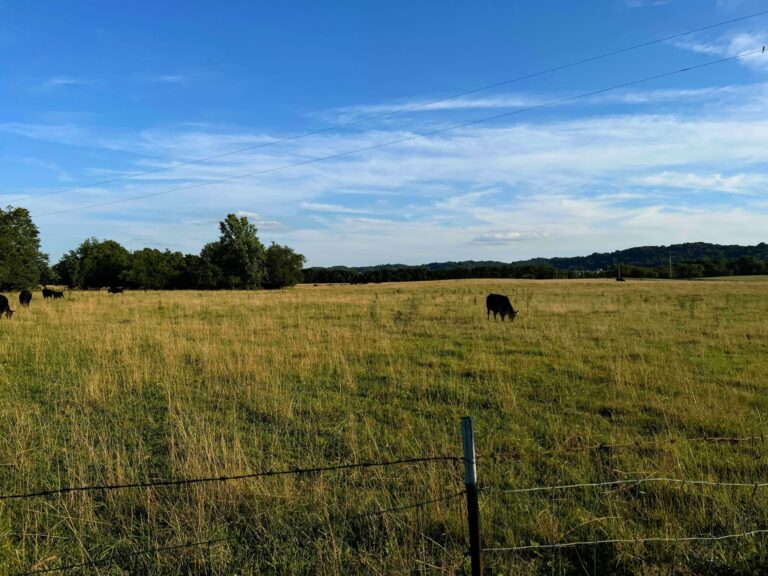USDA is requesting public input on the draft “Federal Strategy to Advance Greenhouse Gas Measurement and Monitoring for the Agriculture and Forestry Sectors.” The draft Federal Strategy outlines a framework for enhancing greenhouse gas measurement, monitoring, reporting, and verification within the agricultural and forestry sectors, with a special focus on the administration’s Climate-Smart Agriculture and Forestry Initiative. It also aligns with ongoing work across the federal government to quantify carbon sequestration and carbon dioxide, methane, and nitrous oxide emissions. USDA recently announced a $300 million investment to advance priorities set by the strategy. The Notice in the Federal Register seeks information on four topics: general comments or questions about the draft Federal Strategy; animal agriculture; croplands; and data & data sharing. Comments are invited from a variety of stakeholders, including users and providers of agriculture and forestry data, methods, and analyses, state and local agencies, private sector researchers, and non-governmental organizations.
Minnesota Company Launches Relief Effort for Ukrainian Farmers
The United Nations Food and Agriculture Organization says Ukraine’s farmers have suffered $3.9 billion in losses since Russia invaded in February 2022. A U.N. study says cultivated area has decreased nine percent since last year, and 12 percent of Ukraine’s farms report unexploded ordinances in their fields. EarthDaily Agro of Maple Grove, Minnesota, launched ‘Farmerhood,’ a fund-raising initiative to help farmers impacted by war. A Twin Cities TV station says the group’s fundraising goal is $1 million, enough to help 200 farmers. Dave Gebhart of EarthDaily says they’ve reached about $300,000 thanks to corporate sponsors. The group has received 300 requests for help from farmers in Ukraine. The farmers must have 1,200 acres or less to be eligible for assistance. The group says there is a thorough audit of the farmer’s property and location to make sure they can help those who suffer the most. For information, go to Farmerhood.org.
Monday, July 17th, 2023 Video and Audio Program
A busy show to kick off the week on Monday as we talk markets and the broader trade sentiment post WASDE with Chad Hart from Iowa State University. We also get a look at the latest land values report from Farmers National Company with Paul Schadegg and discuss CHS Inc’s third quarter earnings with President and CEO Jay Debertin.
Today’s show is brought to you in part by Growmark/FS; learn more online at https://www.growmark.com.
AUDIO ONLY SHOW LINKS:
Friday, July 14th, 2023 Video and Audio Program
After a busy week in the markets, how did things wrap up the week? We get comments and market analysis for Friday with Ted Seifried of Zaner Ag Hedge. Learn more online by visiting https://www.zaner.com.
Josh Linville, VP of Fertilizer at StoneX, joins Jesse Allen to discuss what is happening across the fertilizer markets including thoughts on the outlook for this fall and the fall application window. Learn more at https://www.stonex.com.
Also, Jesse Allen is joined by Eric Osterhaus who is a risk management consultant for Pinion, to discuss some of the ways to manage your emotions when it comes to marketing your crops or livestock. Learn more online by visiting https://www.pinionglobal.com.
Today’s program is brought to you in part by Growmark/FS; learn more at https://www.growmark.com.
AUDIO ONLY SHOW LINKS:
https://podcasts.apple.com/us/podcast/market-talk/id1533318516?i=1000621179992
Thursday, July 13th, 2023 Video and Audio Program
The grain markets saw a solid bounce and rebound on Thursday from the losses sustained after Wednesday’s July WASDE Report. Is this a broad about face in the grains or a dead cat bounce type of move? We discuss the market sentiment today with Bryan Doherty, Senior Market Advisor at Total Farm Marketing. Learn more at https://www.totalfarmmarketing.com.
AM Radio remains a critical part of the lives of many farmers, ranchers and rural American residents. We get the latest details on the fight to stop automakers from removing AM radio from vehicles with Joe Gill, President of the National Association of Farm Broadcasting from KASM Radio in Albany, MN. You can have your voice heard and possibly win $500 by going to https://www.WhyIListen.com.
Today’s program is brought to you in part by Growmark/FS; learn more online by visiting https://www.growmark.com.
AUDIO ONLY SHOW LINKS:
https://podcasts.apple.com/us/podcast/market-talk/id1533318516?i=1000621147744
Farm Lending Slows as Interest Rates Climb
Farm lending activity at commercial banks in the Kansas City Fed’s district slowed through the first half of 2023 as interest rates continued pushing higher.
The volume of non-real estate farm loans at commercial banks declined for the second-consecutive quarter. The survey of commercial banks shows the volume of non-real estate loans was 15 percent below last year, and the drop was attributed to a lower average size of loans and a smaller number of loans compared with 2022. The average interest rates on agricultural loans increased for the sixth-consecutive quarter.
The U.S. farm economy outlook has moderated in recent months as risks of more limited profit opportunities have grown alongside softening in commodity markets and elevated production expenses. Broad strength in farm finances has continued to support historically-strong loan performance, but farm profitability will remain important for agricultural credit conditions and lending demand in the coming months.
Farm Bill for America’s Families Promotes Importance of Farm Bill
The American Farm Bureau Federation led the creation of Farm Bill for America’s Families, a campaign to highlight the broad reach of the farm bill. AFBF President Zippy Duvall says the high-level campaign includes several messages to Congress.
Duvall says, “We want to see a 2023 Farm Bill before the end of the year and ensure that it [Congress] has enough resources to write a meaningful farm bill, including strong risk management programs. We want to promote food security by ensuring a strong food supply, and also by supporting nutrition programs for those facing hunger. And we want to support job creation. The farm bill is a jobs bill. And we want to invest in ag research and conservation.”
More than 20 diverse farm and agriculture, environmental and conservation organizations are included in the effort. Duvall says, “The farm bill impacts every American, yet 70 percent say that they know very little about it. That’s why AFBF took the lead to build a diverse coalition of environmental and conservation advocates, food security and anti-hunger advocates, foresters, and ag groups. We are all working together to leverage our diverse membership to help tell the story of the importance of the farm bill.”
Duvall encourages other groups to join the campaign. “We welcome and encourage others to join us,” says Duvall. “From our State Farm Bureaus to other commodity groups, to food banks and environmental groups that recognize the importance of the Farm Bill. Everyone can join us by visiting the website farmbillforAmericasfamilies.com.”
Former NCBA Chief says Biden Team MIA on Trade
The former head of the National Cattlemen’s Beef Association Don Schiefelbein says the Biden Administration is “missing in action” on trade.
Schiefelbein told Ways and Means lawmakers at a field hearing on his Minnesota farm, he couldn’t get U.S. beef at a restaurant in the UK, where U.S. beef has hit its quota under ancient agreements, “We’ve got to have an administration that just simply engages. There is no engagement right now in trade.”
A charge the White House just can’t break free of despite back-to-back record years of farm exports. USDA Secretary Tom Vilsack at an April Ag appropriations hearing, “Tariff reductions and expansion of the safeguard in Japan has led to more beef exports. Tariff reductions on corn, wheat, and frozen pork in Vietnam. Tariff reductions in the Philippines for corn, pork, and poultry. Tariff reductions to expand opportunities and blending requirements for expansion of ethanol in Panama, and expanded poultry access in the Middle East.”
But Schiefelbein told NCBA’s “Beltway Beef” podcast the White House refuses to do more traditional market-opening FTAs. He says, “Right now, we have a trade group in this current administration that I call the ‘MIA’—missing in action. Here we have all these people who want to do business with America, and they’re being stonewalled with an administration, who, for whatever reason, we don’t know, but they just don’t seem to want to engage in trade.”
A view Schiefelbein says is held in both parties. U.S. Trade Ambassador Katherine Tai told lawmakers last year the administration’s moved beyond FTAs to take a new approach. Vilsack told lawmakers in April, “the problem in America today is that there are not enough Americans who trust trade”—except maybe in agriculture.
No New Money for the Farm Bill?
The general consensus heading into the 2023 Farm Bill writing process is that no new money will be available for farm bill programs. However, David Rouzer, a Republican Representative from North Carolina, says ‘not so fast’.
Rouzer says, “Well, I think that’s left to be determined, really. You know, the CBO score on the current law I think now is around 1.7 trillion. So, that’s up from about 1.4 trillion, by and large because of the Inflation Reduction Act provisions that provided for extra spending for conservation programs, so that now is taking hold. And, you know, we’ll see what Congress decides to do with a budget resolution.”
Rouzer says there is a slight chance the budget resolution includes more money for the farm bill. He says, “I wouldn’t rate that as a high possibility, but it’s still possible. So, we’ll just have to see. Under the assumption we have 1.7 trillion to work with, that means basically that you make some policy changes, take money from some other pots and take those extra dollars to shore up the crop insurance program, adjust the reference price, for example. So, the many questions still out there.”
Rouzer is a member of the House Agriculture Committee.
Story provided by Mike Davis, Southern Farm Network, Raleigh, North Carolina and NAFB News Service
Legislation Would Lower the Cost of Biofuel-Blending Compliance
A bipartisan group of lawmakers wants to lower the cost of complying with biofuel-blending mandates. Reuters says legislation was introduced that would direct the White House to let oil refiners purchase compliance credits (RINs) for biofuel blending laws at a lower cost than they’d pay on the open market.
The group behind the bill says it would help struggling refineries stay afloat during a time of upheaval in the energy markets across the globe. Refiners have said for years that the costs of complying with the Renewable Fuel Standard mandates is too high. However, biofuel proponents like ethanol producers and corn farmers say the RFS increases the marketplace for their products.
A news release says under the proposal, refiners could buy those biofuel credits at a fixed price only if they aren’t able to purchase them at cost-effective levels on the open market. The bill’s introduction caused RIN prices to drop.








